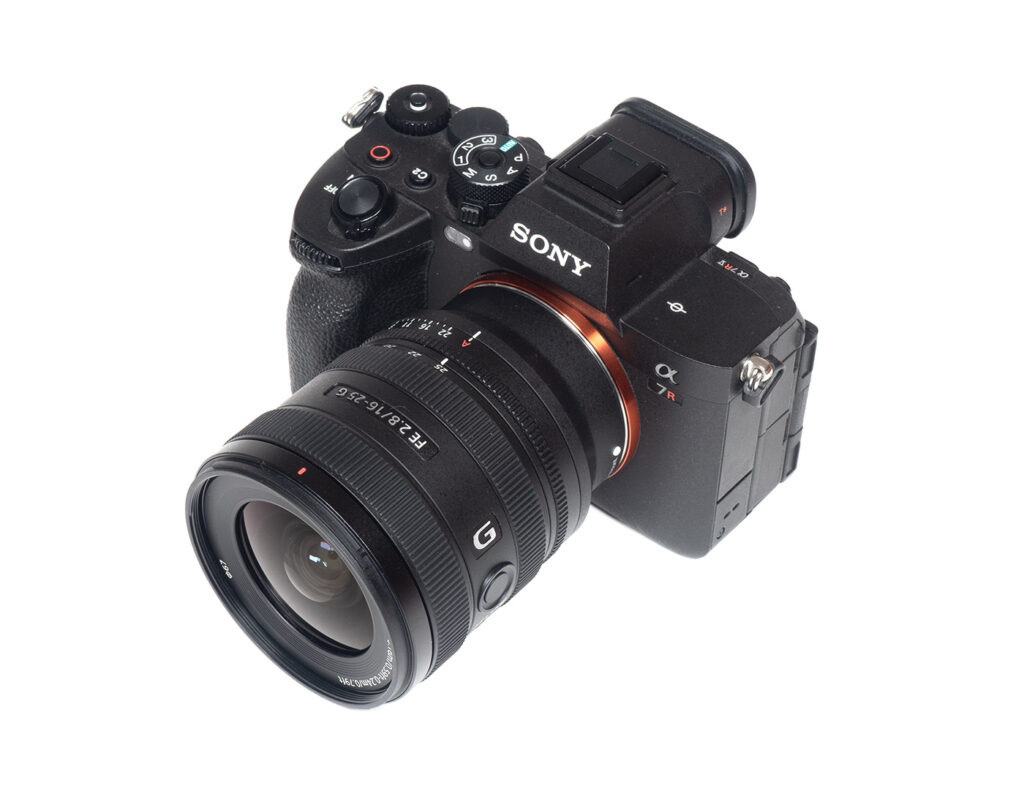Introduction
The Sony designers are big fans of ultra-wide angle lenses, it seems – because there are so many of them. Currently, there are no less than 7 prime – and zoom lenses that qualify. One of them is the Sony FE 16-25mm f/2.8 G. Spec- and price-wise, it sits between the FE 16-35mm f/2.8 GM II and the FE PZ 16-35mm f/4 G. So does it combine the best of both worlds?
It’s 40% more light-weight than the GM lens, so in this respect, it is certainly more related to the 16-35mm f/4 G. It just trades a bit of range for higher speed – which does make sense. Most users probably have a 24-50/70/105mm zoom lens anyway, so there’s no need for an overlap at the “long” end anyway.
Typical for all G/GM lenses, the FE 16-25mm f/2.8 G is made of a combination of lightweight yet sturdy engineered plastics based on a metal mount. Everything feels tightly assembled, and the control rings operate smoothly. The lens is sealed against dust and moisture, but it still extends a bit when zooming out to 16mm. The aperture ring can be “de-clicked”. A small, petal-shaped lens hood is part of the package.
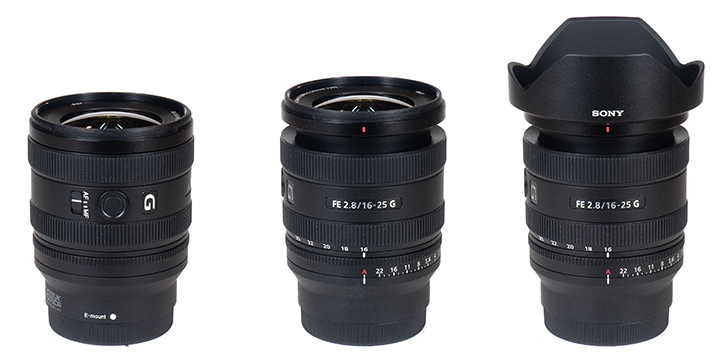
Sony has incorporated a dual XD (“extreme dynamic”) linear AF motors, so autofocusing is both fast and silent. Manual focusing works “by wire”, as usual. Focus breathing has been minimized for video shooting – and breathing compensation is available with most modern Sony cameras. An image stabilizer has not been implemented – which is a good thing in our book. Ultra-wide lenses are already difficult to manufacture without IS.
| Specifications | |
|---|---|
| Optical construction | 15 elements in 12 groups (2x aspherical, 1x ED aspherical, 3x ED) |
| Number of aperture blades | 11 (rounded) |
| min. focus distance | 0.17-022m (max. magnification 0.2x) |
| Dimensions | 74.8 x 91.4 mm |
| Weight | 409g |
| Filter size | 67mm |
| Hood | Petal shape, bayonet type, supplied |
| Other features | focus hold button (customizable) de-clickable aperture ring dust- and moisture-resistant breathing compensation support |
Distortion
Compared to GM lenses, Sony let distortions “float” in favor of other characteristics. That’s also the case here.
In RAW images, the barrel distortion is very heavy at 16mm. 5.5% is beyond what’s acceptable without correction. This eases to a medium barrel distortion at 20mm and a slight one at 25mm.
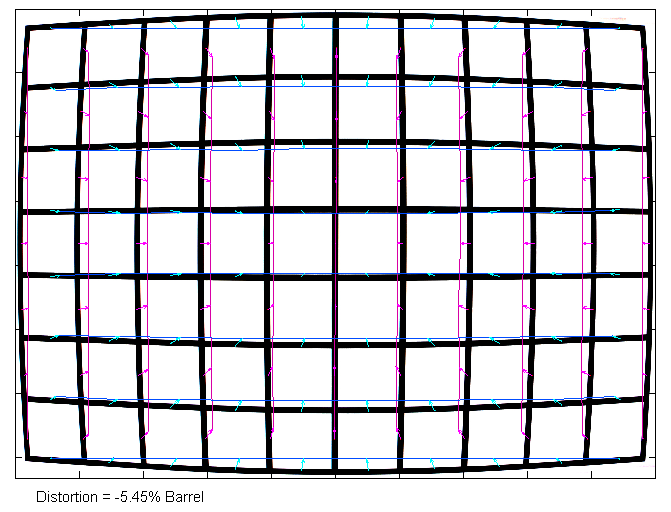
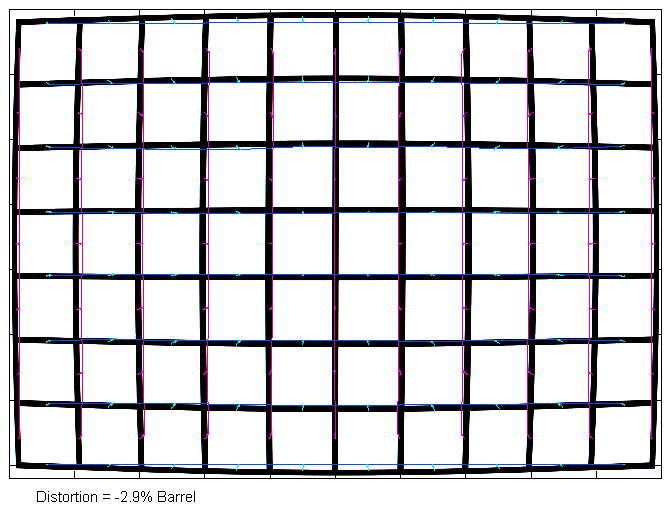
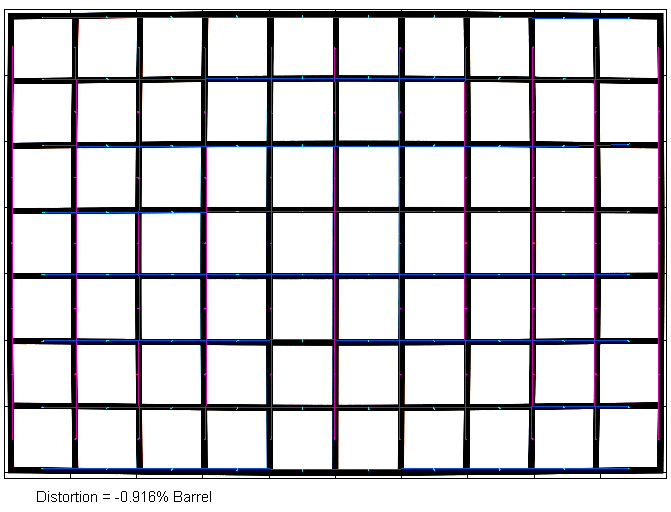
With activated auto-correction, the distortion levels are near the zero mark.

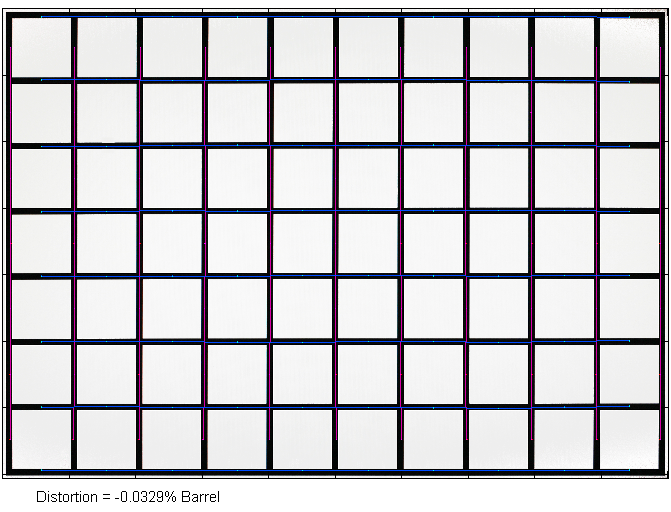
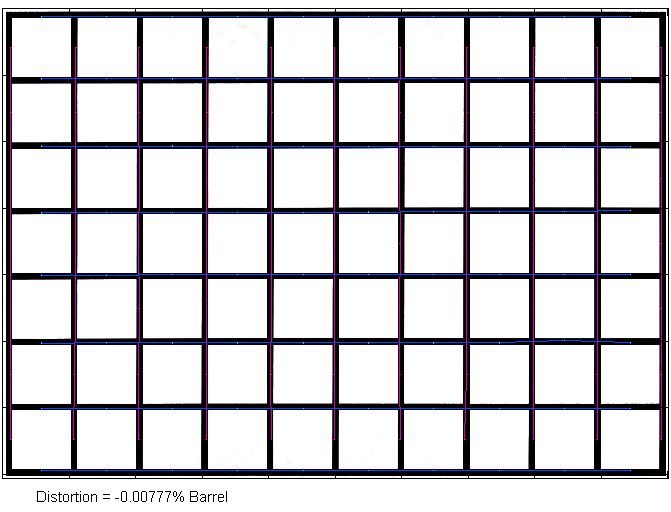
Vignetting
Given that the lens requires auto-correction, it is a bit academic to check the RAW vignetting. It exceeds our usual scale at 16mm f/2.8, and you have to stop down to f/8 for a half-sane light falloff at this focal length. As usual. This isn’t quite as extreme at longer focal lengths.
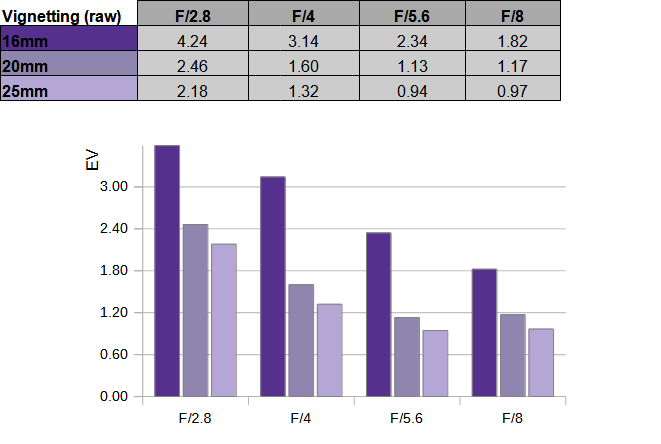
Activated image auto-correction – that’s distortion and vignetting compensation combined – reduces the vignetting to non-disturbing levels – even at max aperture. Keep in mind that vignetting correction increases the sensor noise due to the signal amplification.
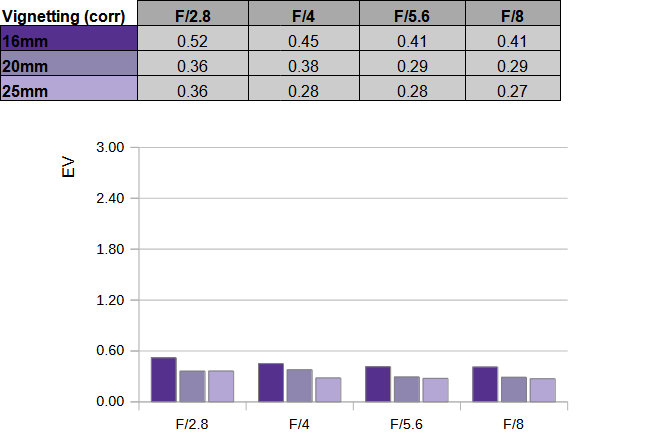
MTF (resolution) at 42mp
The FE 16-25mm f/2.8 G produced very consistent resolution figures in the lab. The center performance is excellent to superb straight from f/2.8, and the near center follows closely. The border quality is generally very good and the corners are only slight worse again.
The centering quality of the tested sample was good. Field curvature is low for such a lens.
Please note that the MTF results are not directly comparable across the different systems!
Below is a simplified summary of the formal findings. The chart shows line widths per picture height (LW/PH) which can be taken as a measure of sharpness. If you want to know more about the MTF50 figures, you may check out the corresponding Imatest Explanations.
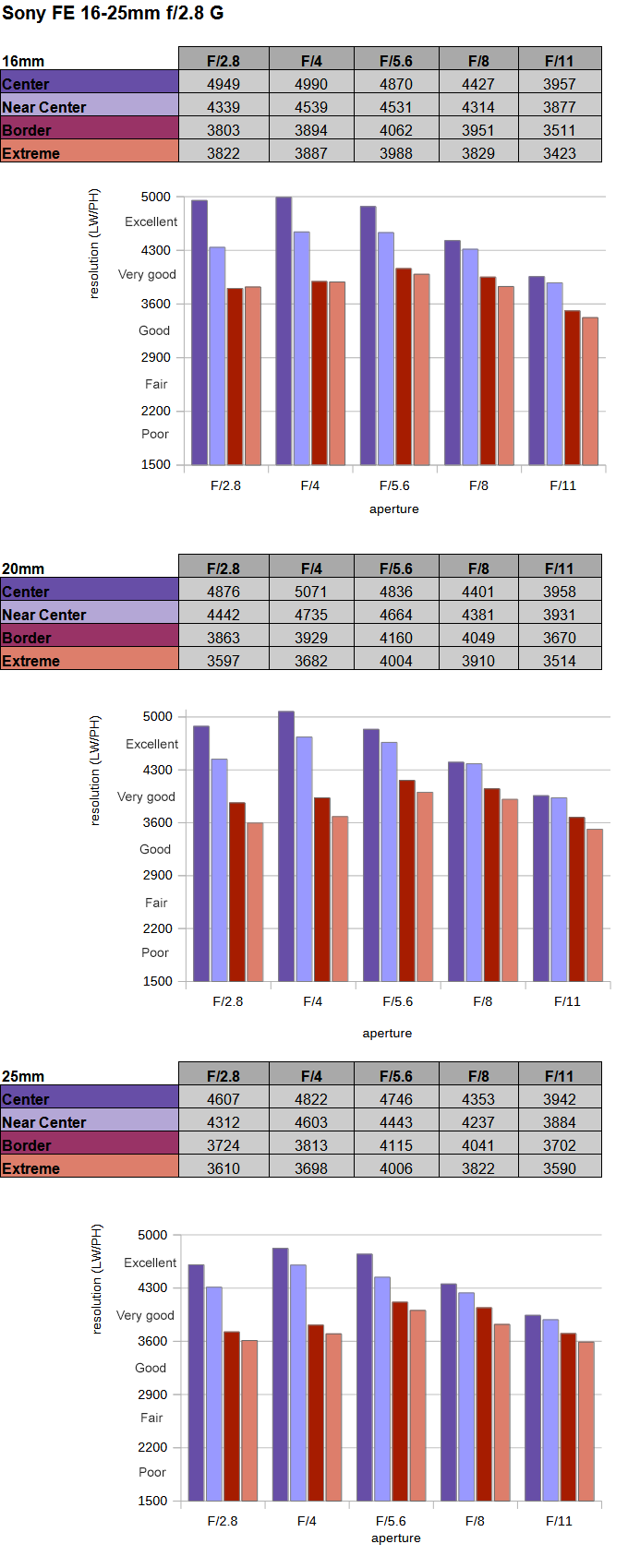
MTF at 16mm with Distortion Correction
Disclaimer: The quality of distortion correction is heavily dependent on the used RAW converter.
The Sony FE 16-25mm f/2.8 G produces more than 5% distortion at 16mm. That’s the threshold from where we tend re-check the quality again with activated distortion correction. The outer image field has a bit of a penalty, but it’s still on good to very good level. It’s down by “half a school mark” from the RAW performance.
Note: You may notice that the center quality is a bit higher – this is due to interpolated data from the distortion correction – not because there’s more information available.
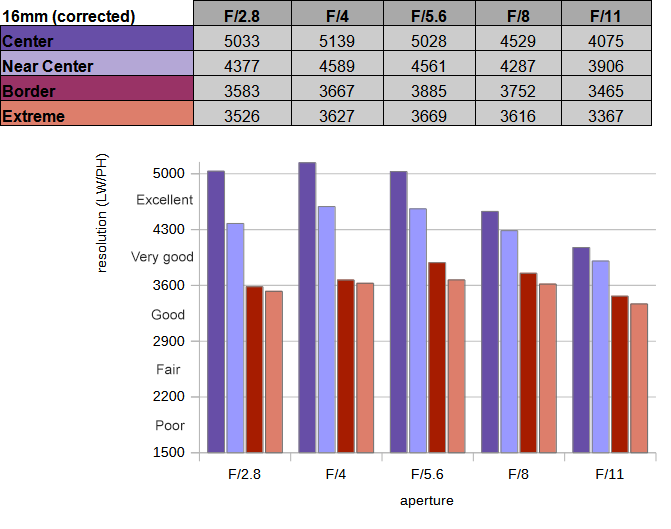
Chromatic Aberrations (CAs)
Lateral CAs are very well controlled. They stay well below the 1px mark at the image borders across the range.

Sun-Stars
Wide-angle lenses are often used for nighttime images – and sun stars can be a nice effect around pointy, bright light sources. The Sony lens has no less than 11 aperture blades which is, on paper, not ideal for sun stars. However, some fairly distinct rays emerge at f/5.6 already, and they are pretty nice at f/8, with the best results at f/11 and f/16. These 11 aperture blades produce A LOT of rays – you may or may not like this. However, the rays are very pointy, which is pretty much ideal.
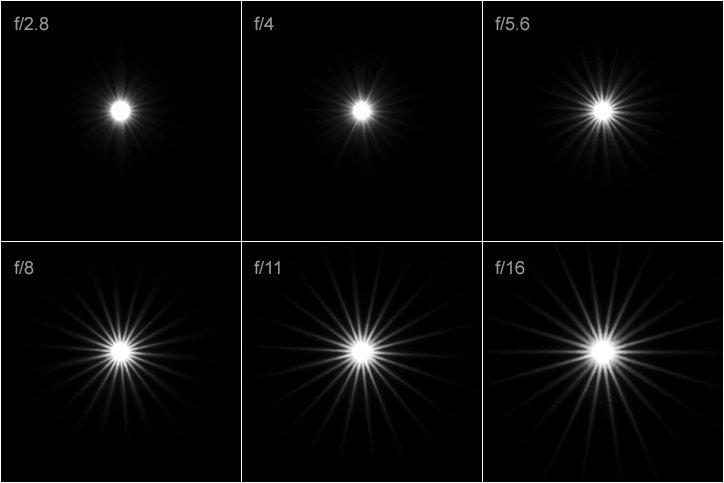
Competition
As always, you have many different ultra-wide angle zoom lenses to choose from in Sony E-mount. The most obvious competitors to the Sony FE 16-25mm f/2.8 G (shown to the left below) are the Sigma 16-28mm f/2.8 DG DN Contemporary and the Tamron 17-28mm f/2.8 Di III RXD. They are all pretty much comparable in terms of size and weight. And they also share the same philosophy – by reducing the zoom range, they try to maintain a high image quality while being comparatively affordable. The Sigma and Sony lens succeed in this, less so the Tamron which is optically inferior. The Sony lens is the only one without an internal zoom mechanism.

Sample Images
The Sony FE 16-25mm f/2.8 G delivers a consistently high performance throughout its zoom range - which is still fairly unusual in this lens class. The image center is sharp as a tack, and the outer image field is pretty good. The lens relies on auto-correction to tame its high image distortion and rather massive vignetting at 16mm - more so than with Sony GM lenses. However, lateral CAs are low. Sun stars are rendered quite nicely.
The mechanical quality is in line with what we've seen from other Sony G/GM zoom lenses. The engineered plastic is of very good quality, and it's all tightly assembled. Weather-sealing helps against the elements. The extending zoom design isn't ideal, but it minimizes the transport size a bit. The AF is very fast and essentially silent.
The Sony FE 16-25mm f/2.8 G doesn't seem to be overly popular, but it's a bit unclear why this is the case. The rather short zoom range may be a reason, but if you've got a standard zoom lens, it shouldn't be an issue really. In summary - the Sony lens delivers a solid performance while not costing an arm and a leg.
The Good
- Consistently high performance
- Lightweight and compact
The Bad
- No internal zoom mechanism
- Relies heavily on auto-correction
-
Optical Quality
-
Build Quality
-
Price/Performance


